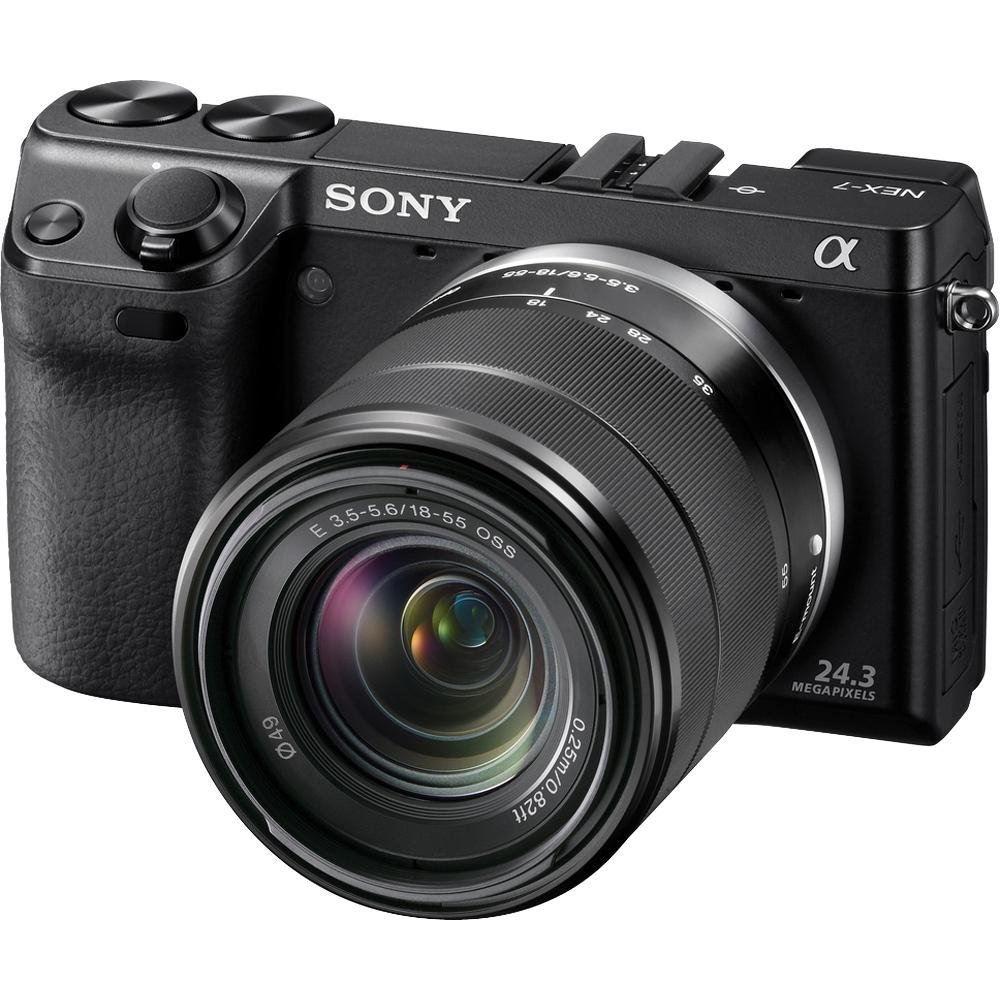 |
| Samsung TL500 |
Something I strive to do with each
Up Dunes Junction post is include some decent photographs. Part of this photograph policy is the conventional wisdom of blogging--posts with pictures get more hits, supposedly, but it's not as if
Up Dunes Junction is Gawker or Huffington Post or some other 'mainstream' blog that counts on millions of visitors. I'm not going for lots of hits--just trying to share and make friends with other model railroaders, heavy electric fans, and South Shore watchers.
So photographs help me tell the Dunes Junction story. And because we are talking railroading and model railroading, which is a very visual enterprise, photos, or at least illustrations and graphics, are an essential part of the storytelling.
I became interested in
photography in my teens because of trains. I started with a 110 Instamatic and graduated to Canon 35mm single lens reflex (SLR) cameras by the 80s. I've since joined the digital revolution--and it's difficult to overstate how digital has made photography cheaper, better, and easier than it ever has been ever to photograph trains, big and small.
|
| Sony NEX-7 with 18-55mm lens |
My own approach to photography for
Up Dunes Junction demonstrates how inexpensive gear, plus some relatively easy techniques, can yield decent model railroad photos. Most of the photos on the blog were taken with a so-called advanced point-and-shoot camera--a
Samsung TL500--but more basic point-and-shoots can yield images of comparable quality.
A digital SLR or one of the new mirrorless interchangeable lens cameras offers more options and controls. I recently acquired a
Sony NEX-7 interchangeable lens camera, which I have been using for my most recent
Up Dunes Junction photos. It offers a decent selection of lenses and very fine exposure and focus control, as well as an excellent wireless remote control.
The main trick is to use built-in close-up and self-timer features and a cheap tripod. Most point-and-shoots have a close-up feature marked with a flower icon--this will give good close focus. Self-timer mode eliminates camera shake, as does the cheap tripod. If a remote or cable release is possible, it will also eliminate camera shake.
 |
| Sony NEX-7 camera on tripod next to Dunes Junction |
The other trick is practice and repetition. When I first shot trains back in the late 70s, I carefully budgeted each shot because of costs--in those days, each image cost around 30 cents apiece. Now multiple shots at different settings and lighting conditions cost virtually nothing--and you only need show the good images. I estimate that for every photo that makes it on to the blog, I discard around ten or so.



I agree. I love my Panasonic GF1, which with its 14 megapixels does pretty much anything I want for my blog too, and as a result all my classic Pentax SLR gear is now retired.
ReplyDeleteThanks for looking at the blog--No Two Alike in one of my regular reads and I think your freight cars are looking great. You're shaming me into working on my backlog of rolling stock projects.
DeleteI've heard great things about the GF1! Are you using any macro lenses or the like?
Thanks again for visiting